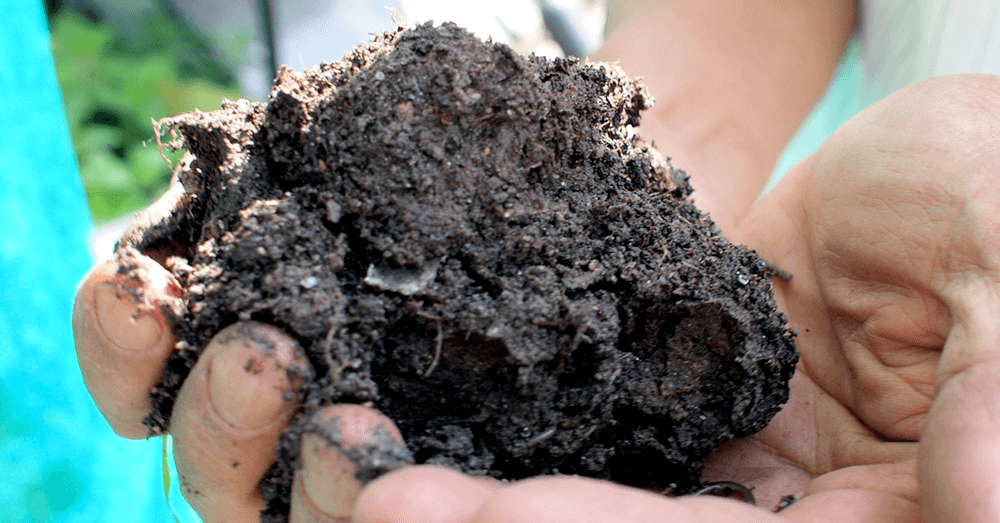Gardening is a delicate art that has evolved over centuries. With each passing decade, we unearth new ways to enrich our gardens, ensuring their longevity and productivity. One such innovation that has captured the attention of gardening enthusiasts and environmentalists alike is biochar. But what is biochar, and what are its benefits and limitations in gardening? Let's dive deep into the world of biochar.

What is Biochar?
Biochar is a charcoal-like substance made from organic materials, such as wood, green waste, or even manure. It's produced by pyrolysis – a process where the organic matter is burned in a limited oxygen environment. The result is a carbon-rich, porous material that can be added to soils as an amendment.
The Pros of Using Biochar in Gardens
- Soil Health: One of the prime benefits of biochar is its ability to improve soil health. It increases the soil’s water retention capability, making it invaluable in drought-prone regions. The porous nature of biochar provides a habitat for beneficial soil microorganisms, fostering a richer microbial environment.
- Carbon Sequestration: Biochar plays a pivotal role in the environment by locking carbon in the soil. When organic materials decompose, they release carbon dioxide into the atmosphere. Biochar, due to its stability, captures this carbon, effectively reducing greenhouse gas emissions.
- Fertilizer Efficiency: Due to its porous structure, biochar can retain nutrients, reducing the need for excessive fertilizer application. This can result in cost savings and reduced environmental impacts from fertilizer runoff.
- Pollution Reduction: Biochar has shown potential in adsorbing pollutants, especially in urban areas where metals and chemicals are a concern.
The Cons of Using Biochar in Gardens
- Initial Cost: High-quality biochar can be relatively expensive, which might deter small-scale gardeners. However, the long-term benefits often outweigh the initial investment.
- Variable Quality: Not all biochars are created equal. The source material and pyrolysis process can lead to significant variability in quality. Gardeners need to be discerning when choosing a product.
- Potential Soil pH Alterations: Some biochars can alter the soil’s pH level, which could adversely affect certain plants. It's vital to understand the pH level of your soil and the biochar before integrating them.
How to Use Biochar in Gardens: A Step-by-Step Guide
- Selection: Begin by choosing high-quality biochar that's appropriate for your garden's needs. Look for products that provide details about their source material and production methods.
- Preparation: Prior to applying biochar to your garden, it's beneficial to ‘charge' or ‘activate' it. This means soaking it in a nutrient-rich solution, such as compost tea or a liquid fertilizer. This process ensures that the biochar is teeming with beneficial nutrients and microorganisms when introduced to the soil.
- Application: Mix biochar into the top layer of your garden soil. A good starting ratio is about 5-10% biochar to soil, but you can adjust based on your specific needs and the product's recommendations.
- Maintenance: Once biochar is integrated into your garden, it doesn’t require significant maintenance. Over time, as you add compost or fertilizers, the biochar will continue to play its role in retaining nutrients and enhancing the microbial environment.
- Monitoring: Keep an eye on your garden's health. If you notice pH imbalances or any adverse effects, it might require some adjustments. Remember, gardening is as much about observation and adaptation as it is about cultivation.
Understanding the Historical Context of Biochar
The roots of biochar usage can be traced back over 2,000 years to ancient civilizations in the Amazon Basin. Indigenous populations used a combination of charcoal, pottery shards, and organic waste to enrich the notoriously infertile tropical soils. This resulted in the formation of “terra preta” or “black earth”, which still remains fertile today. This ancient practice is evidence of the long-term benefits biochar can bring to soils.
The Science Behind Biochar
Biochar's structure is unique. Under a microscope, it looks like a honeycomb, giving it a vast surface area relative to its size. This porous nature serves several purposes:
- Water Retention: Biochar acts like a sponge, helping soils hold onto water, particularly beneficial in sandy soils that typically drain fast.
- Habitat for Microorganisms: The tiny pores provide refuge for beneficial bacteria and fungi. These microorganisms break down organic matter, making nutrients more available to plants.
- Nutrient Retention: Biochar can bind to nutrients, preventing them from being washed away by rain or irrigation. This process can reduce nutrient leaching into groundwater or nearby waterways.
Environment and Climate Change Implications
With the current focus on climate change, biochar has attracted attention as a possible solution to reduce atmospheric CO2 levels. When plants grow, they absorb CO2. If these plants are then converted into biochar, the carbon they absorbed is locked away for potentially thousands of years, rather than being released back into the atmosphere through decomposition or combustion.
Advanced Applications in Gardening
- Compost-Biochar Mix: Combining compost and biochar can create a supercharged mix. Compost provides a burst of nutrients and beneficial microorganisms, while biochar ensures these benefits are retained for longer.
- Biochar in Potting Mixes: For container gardening, a little biochar can improve moisture retention, reduce the need for frequent fertilization, and promote healthier plant growth.
- Seed Starting: Some gardeners use a light dusting of biochar when starting seeds, claiming it boosts germination rates and provides seedlings with a good start.
Precautions and Recommendations
- Know the Source: With the increasing demand for biochar, there are concerns about the source of the biomass used. Sustainable sources include agricultural waste or responsibly harvested wood. Avoid biochar made from treated wood or unknown sources.
- Start Slow: Like any amendment, it's a good idea to start with a small application and monitor results before adding more. Overdoing it can lead to imbalances or unforeseen issues.
- Community Learning: Join biochar forums or local gardening groups to share experiences, learn from others, and stay updated on the latest research and best practices.
Conclusion
Biochar, with its myriad of benefits, stands as a testament to the blend of ancient knowledge and modern science. Its ability to improve soil health, mitigate climate change, and offer a sustainable solution to gardening challenges makes it a worthwhile addition to any garden. Like all tools, it requires understanding and judicious use. Embrace biochar, but do so with knowledge, research, and a keen eye on your garden’s health.



















